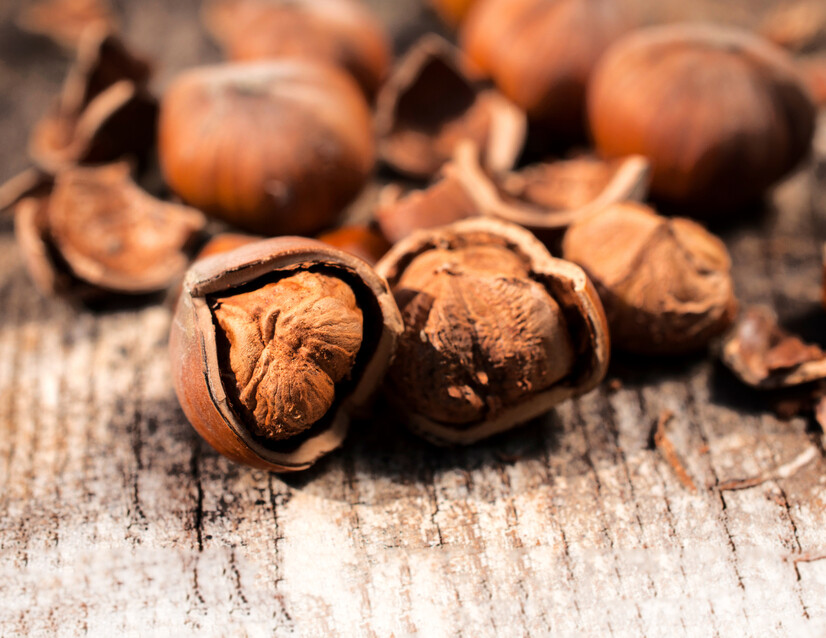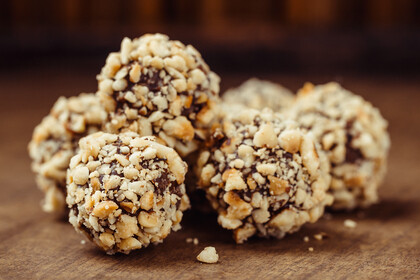


Hazelnuts
Different varieties of hazelnut need to be grown together to ensure pollination for nut production. Most commercial orchards, therefore, grow two or three compatible varieties together.
The majority of global shelled hazelnut production is in Turkey in the Black Sea region. Turkey produces around 700,000 to 800,000 tonnes (in shell) annually, and Turkey’s producers make good use of the waste products; shell is ground for fuel.
Italy produces a similar quality product to Turkey, but the crop is small and prices track above those of Turkish production. In-shell production is strong in Oregon in the USA.
Formats
- Whole Natural
- Whole Blanched
- Whole Roast
- Flaked
- Nibbed/Diced
- Roasted Nibbed
- Ground
Other Points to Note
Hazelnuts are unusual in that they bloom in the middle of winter and are wind pollinated.
The pollinated flower stays dormant until late spring, when the nut starts to form.
Countries of Origin
- Turkey
- Georgia (good value nutes, but QA is not as strong as Turkey)
- Oregon USA
- Italy
Harvested
August & September
Varieties
The European Hazelnut produces a large size, commercial quality nut, which is larger in size than American or beaked hazelnuts. As Hazelnuts are susceptible to Eastern Filbert Blight, hybrids of European and American varieties are common, as these are disease-resistant, and produce a commercial nut.
Barcelona is a key variety; it has been around for 300 years or more, but it is susceptible to filbert blight, as are variants of it. Jefferson has become popular because it is more resistant, and both the yield and the nut produced is large. Tonda di Giffoni is widely grown in Italy and is sold primarily into the confectionary market.
Macronutrients
- High in fibre
- Low in salt
- High monounsaturated fat
Vitamins & Minerals
- High in vitamin E, Vitamin B6, Vitamin K, Folic acid and Thiamine
- High in Potassium, Phosphorus, Magnesium, Copper and Manganese.
- Source of calcium, Zinc and Iron
